Fresh takes a closer look at some of the menswear designs on show at the 35th annual Collections fashion runway event at Otago Polytechnic last week.
Seven designers from the class of 2025 studying fashion used menswear as a starting point for their graduate collections — coming at the challenge from many different lenses.
Some of the young designers admitted they undertook study in fashion with the purpose of designing clothes for themselves. Other designers began their journey designing womenswear and slipped into designing menswear pieces over their three years of study.
Otago Polytechnic Fashion Design programme lead, Margo Barton, says each designer has their own motivation and story to be expressed through their creations. All the graduate students designed fashion to be enjoyed and worn by humans — or in one case, dogs as well.
"The collections prompted me to reflect on menswear generally, and to ask myself if it's a type of clothing with a purpose (for men)," Barton says.
"Or could menswear in 2025 be defined as the techniques of designing — drawing on patternmaking, construction techniques and fabrications — whose beginnings are founded in traditional menswear? Fashion de-gendered, menswear reclassified. Inspirational."

Why fashion?
Fashion has been part of my life for as long as I can remember. My dad taught me to sew, which means I can thread a sewing machine faster than I can pick an outfit. With both my parents encouraging me to follow my passions, studying fashion felt like the perfect way to turn something I’ve loved since childhood into a career. I carry my whānau’s aroha and support into every design, grounding my work in the values and love I was raised with.
Tell us about your collection
"Voices Behind the Leash", takes a stand against animal cruelty while celebrating the joy of rescue dogs having a second chance in life. It brings together my two greatest passions, fashion and animals, through matching human and dog outfits that reflect the special bond we share with our pets and how quickly these rescued dogs become cherished members of our whānau.

A challenge I faced while creating my collection was researching animal neglect. Seeing what many animals endure was upsetting, but it strengthened my desire to speak up for those who cannot. I design with empathy and intention, and use fashion to raise awareness and spark compassion. Their resilience, love, and loyalty inspired every choice I made, reaffirming my belief that creativity can be a voice for change and that my designs can carry that message.
What is its best feature?
One of my favourite elements of this collection is the feminine side of menswear. Just like animals who can’t speak up, people can often feel confined by society’s expectations. So I dressed men in pink tweeds, wrap skirts, and vests — because why not? This is fashion with purpose: rooted in manaakitanga, kindness and respect. It’s about freedom, empathy, and presence: standing up for both people and animals, and looking absolutely unforgettable while doing it.
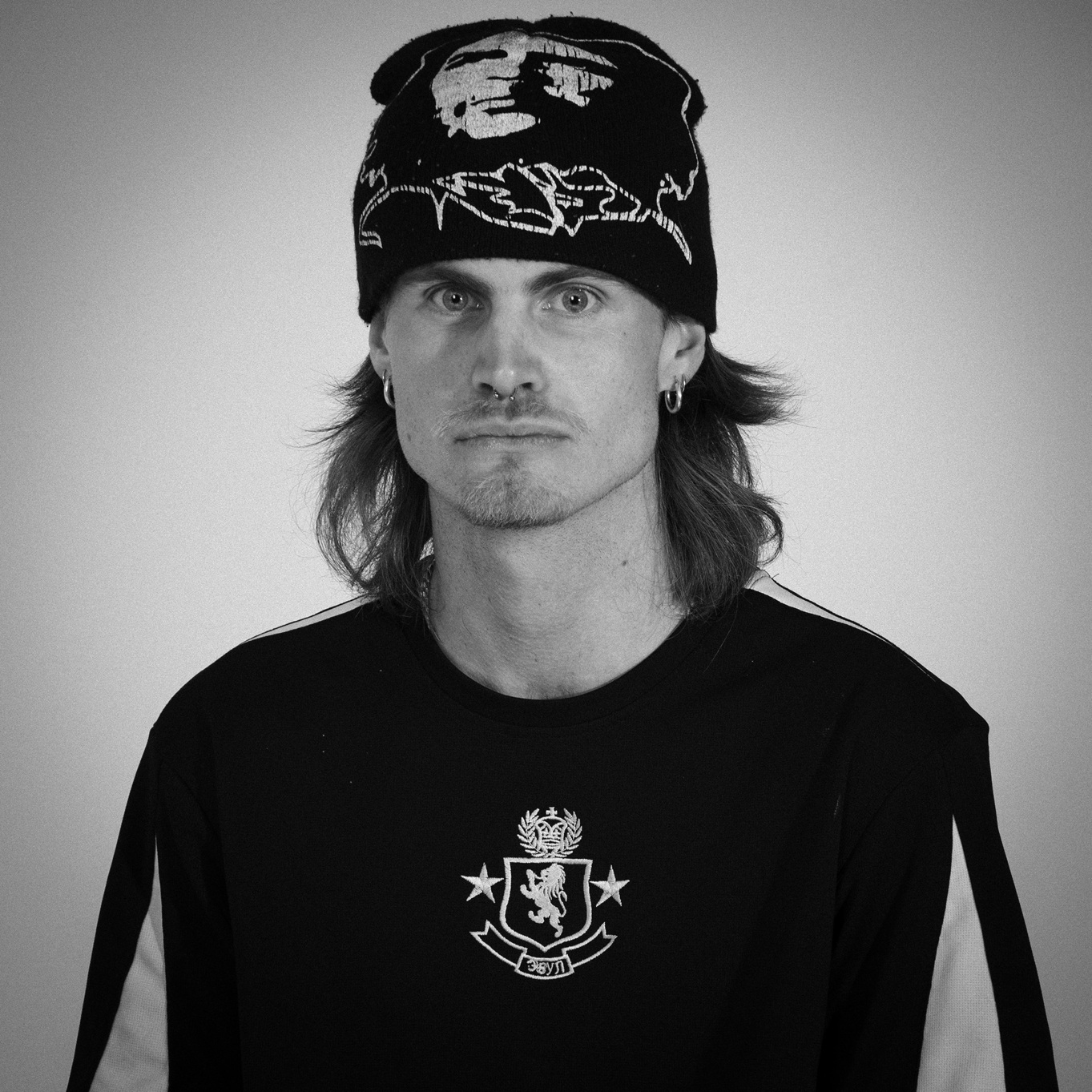
Why fashion?
I joined the certificate in 2022 essentially because no-one made trousers large enough, so I figured I'd learn to do it myself. What started as a necessity quickly turned into a passion.
Tell us about your collection.
My graduate collection is inspired by the 1818 poem Ozymandias by Percy Bysshe Shelley. The poem serves as a critique of a tyrant who believes his empire will endure long after he’s gone. What resonated with me most however is the underlying idea that while power fades, art remains. It's the one thing that is capable of withstanding the sands of time. The collection is predominantly menswear, though most pieces are designed with androgyny in mind. Fabrication is almost entirely a rubberised denim, which plays into the facade of luxury.
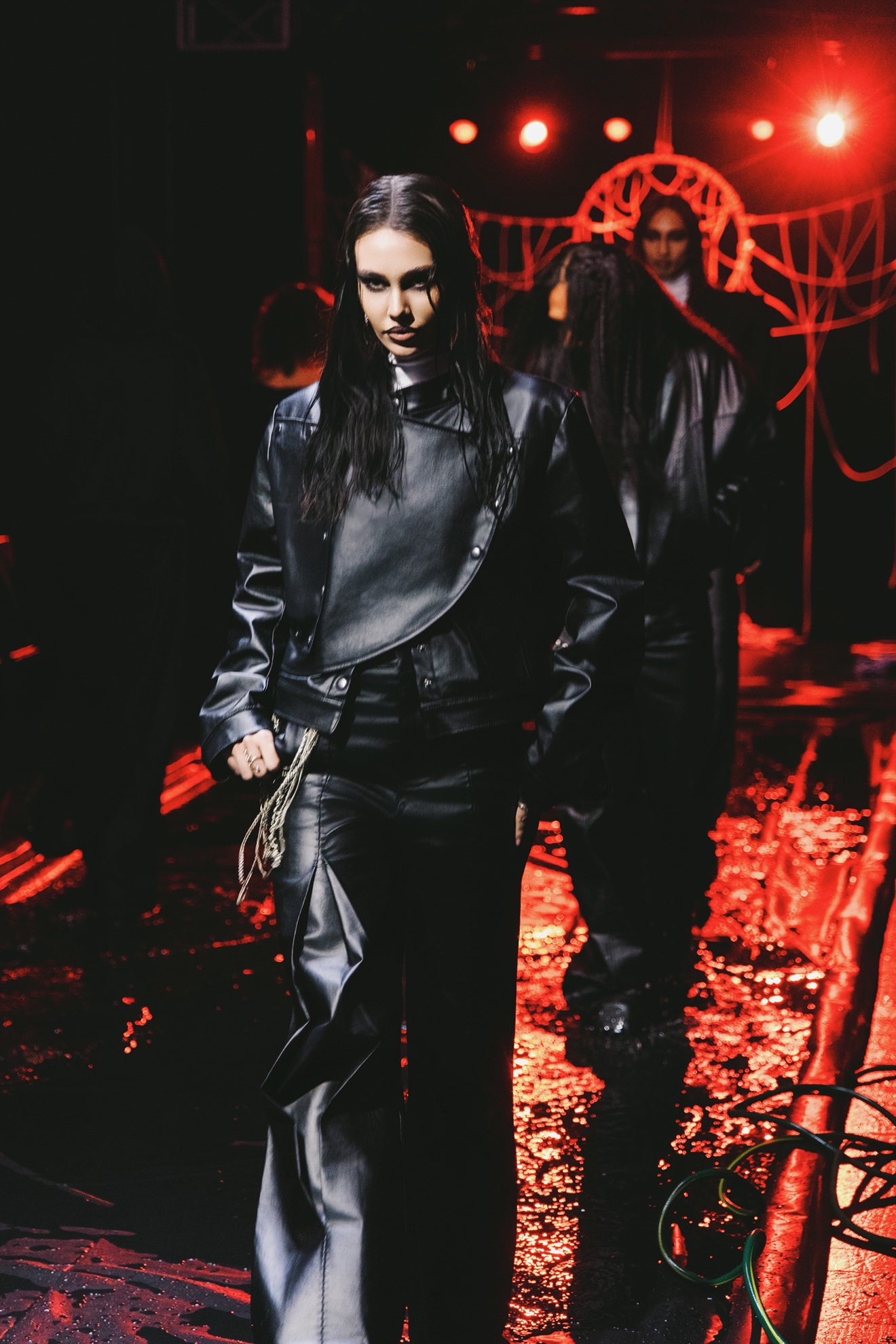
Time management, definitely. While developing my graduate collection, I was also preparing for Te Wiki Āhua o Aotearoa, a runway showcase for emerging designers in Auckland. Balancing both projects at once was challenging, but it pushed me to refine my process and work under pressure.
What’s its best feature?
In my opinion a student's graduate collection holds a level of prestige, as it is something that can be reflected on by students to come. In this regard, I am proud of the body of work I have produced. It represents the design identity I have created throughout my time here, and is a message for things to come.

Why did you study fashion?
I chose to study fashion since I have always been fascinated by costume design and visual storytelling, first through characters and then through detailed craftsmanship.
Tell us about your collection.
My collection "Winters" is a celebration of life through the lens of historical context, and material whākapapa, as well as our relationship to animal-derived materials.
Most of my collection was based around working with leather and honouring its origins; however I decided that I needed a counterpart, a hunter, a collector. In my mind there was no better look to portray that than a sharp, double-breasted pinstripe suit.
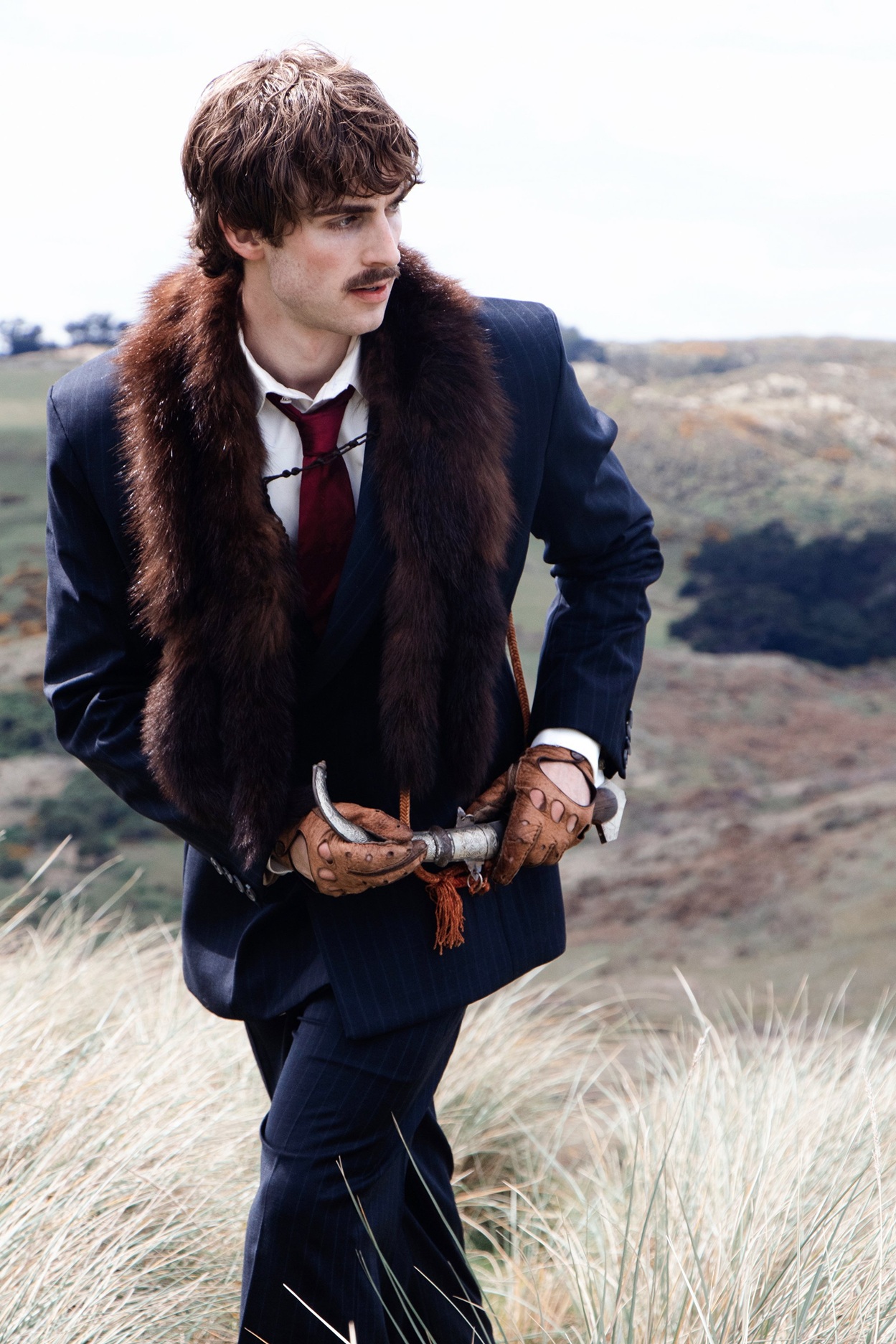
Any challenges in creating it?
The main challenge with this look was the fact that I partook in the Ahūa fashion show in Auckland, which added an extra deadline on top of this project.
What is its best feature?
I like the fact that my collection forms a solid starting point for me to start defining my brand ethos for "WideSkyMine" as early as possible.
Leatherwork and artistic value in fashion especially are important drivers behind my creative work.
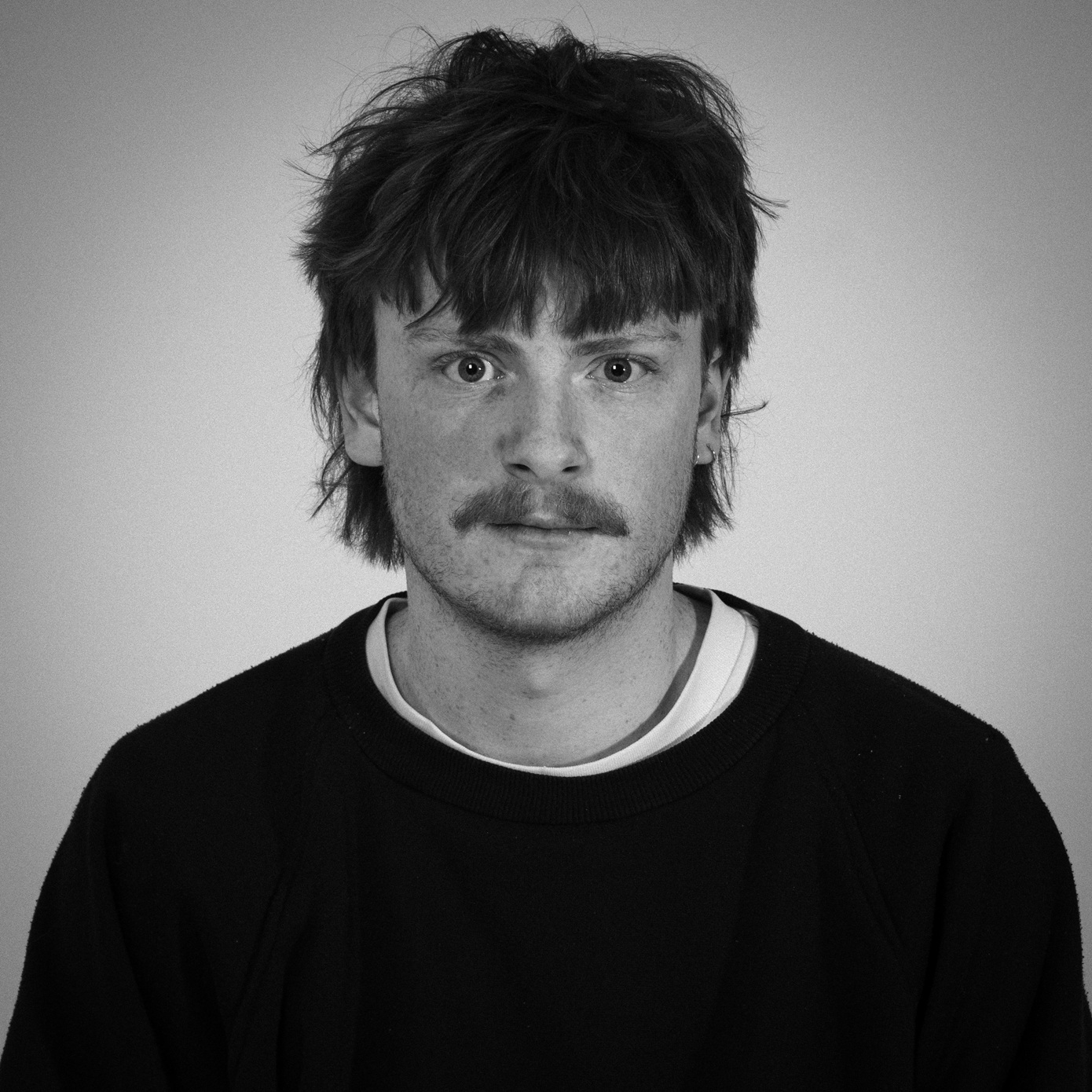
Why fashion?
Balclutha is a place that shaped much of how I see identity, community, and personal expression. What drew me to fashion design was the fact that it gave me the ability to translate feelings I could never quite articulate verbally. Clothing became a way to question norms, push against expectation and turn personal conflict into something tangible.
Tell us about your collection
My graduate collection explores the emotional strain of outgrowing the environment you were raised in while still feeling tied to it. It explores my emotions as I approach the end of my journey as a student and look for opportunities outside of my home to showcase my work. The goal was to create pieces that capture that internal struggle and turn it into something that could express my emotions for me.

The biggest challenge was turning personal emotions into clothing without losing clarity. Staying honest without slipping into self-doubt took work. Technical limitations, time pressure, fabric sourcing and balancing narrative with wearability all challenged me as well. I like the emotional coherence across the garments. The tension between softness and restriction comes through in the silhouettes and fabric choices.
What’s its best feature?
I am proud of how the storytelling sits on the surface yet still feels layered. The collection holds my personal history, but it also speaks to anyone who has felt trapped by familiarity while trying to grow past it.
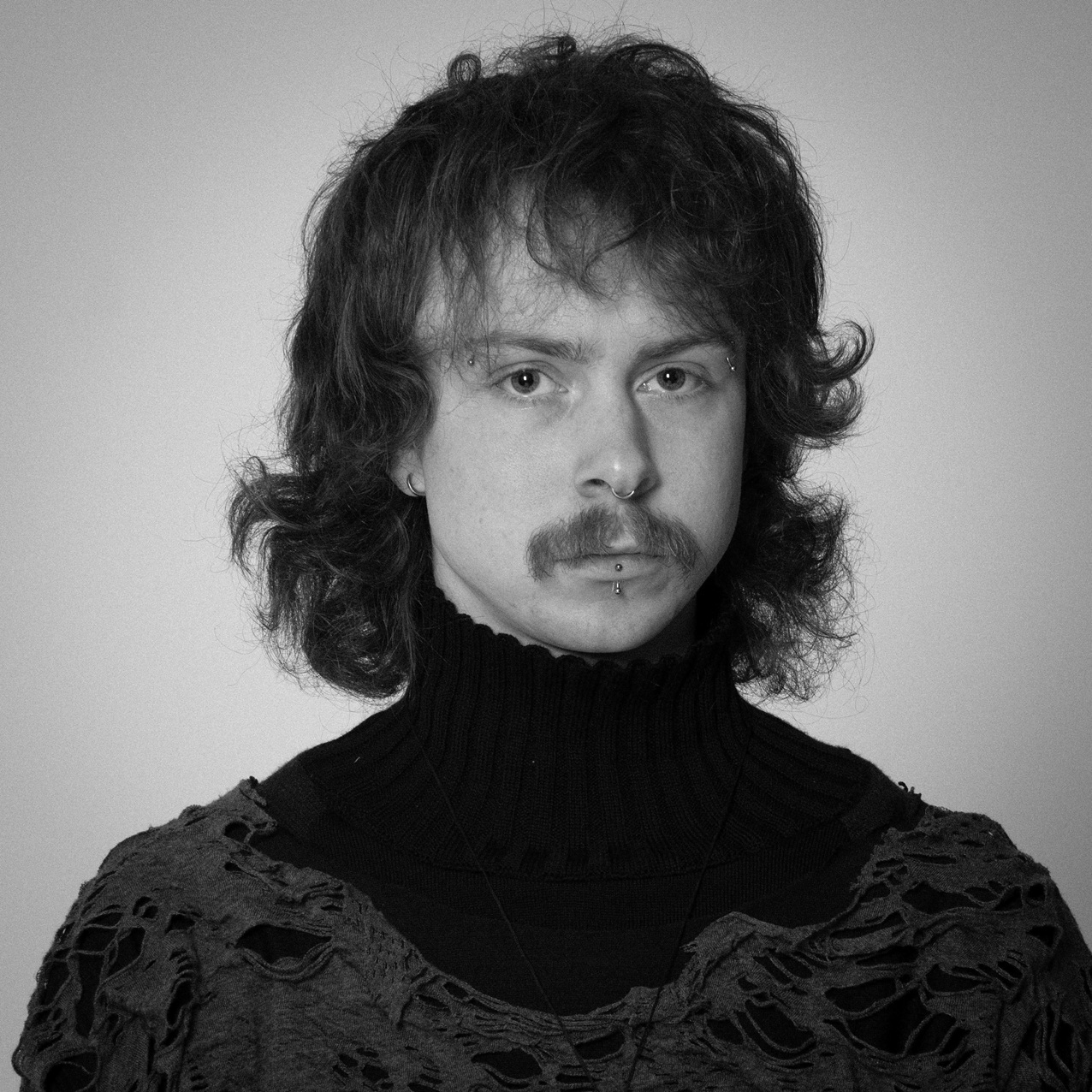
Why did you select fashion to study?
I decided to study fashion kind of on a whim once I finished high school, just to try something totally new to me and as an attempt to find an interesting direction in life.
Tell us about your collection, describe it, what inspired you, what did you want to achieve?
My collection "Gorgeous" is a reflection on how we build emotional bonds and deep connections to our clothes, objects we own, and places we inhabit. I was inspired by the movies of David Lynch and Jim Jarmusch, an album of original music I’ve been working on all year, designers like Jimmy D and Rick Owens, and my strong connection to the beautiful scenery of this town that’s surrounded me all my life (childhood/teenage years spent growing up on the Otago peninsula and Brighton, and my current life in North East Valley). From all these things (plus more) I wanted to develop a collection that felt like it was a definitive expression of who I am as a person at this current moment in time and be the most refined version of my design style.
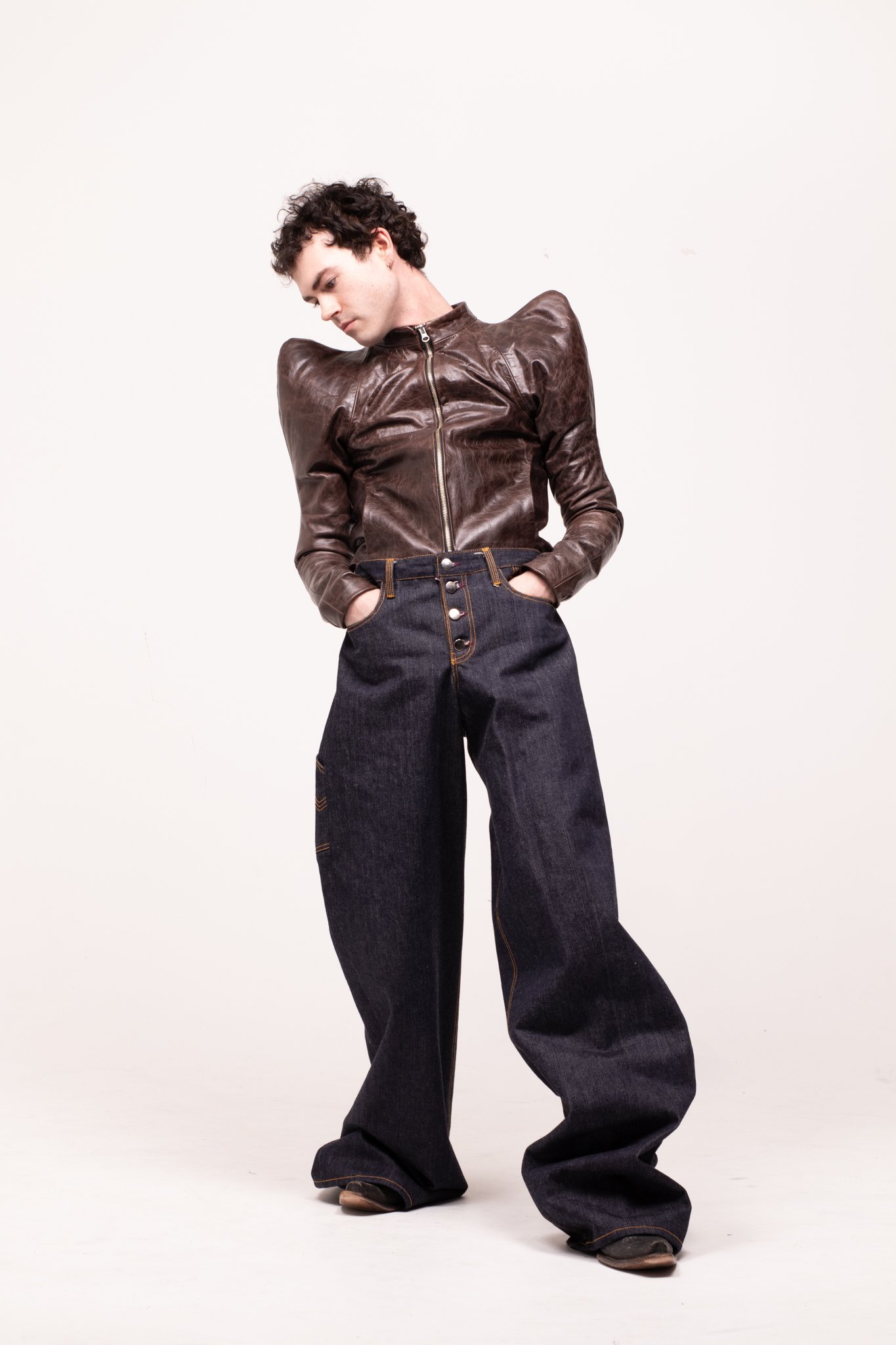
Refining my design language down to its essentials was definitely a challenge but ended up being extremely rewarding. Managing my time was a big task as I had made looks for the Āhua Spring Summer Fashion week back in August alongside developing the collection. Fabric sourcing was also a challenge due to the slightly limited resources we have in New Zealand.
What features do you like best about your collection?
My favourite thing about this collection would probably be its wearability, while still being subversive and interesting. I hope that wherever these pieces end up that they’ll be a staple in someone’s wardrobe that can be styled heaps of different ways and always adding that extra flare to their look. I’m also very proud of the fabrics used and overall construction throughout these five looks. Focusing on high-quality fabrics that feel good to wear and construction that will stand the test of time is a huge part of my design ethos.

Why did you study fashion?
Fashion has always been my language of expression. I wanted to learn how to bring my ideas to life, to make garments that reflect who I am, especially since I rarely found clothes that truly resonated with my sense of style.
Tell us about your collection.
This collection is a reflection of growth and self-discovery. It traces my journey from expectation to self-definition, told through the language of tailoring. Each piece captures a moment of transformation, structure loosening, and form shifting, as if shedding layers of conformity. I wanted the garments to feel both disciplined and human, refined yet deeply personal.
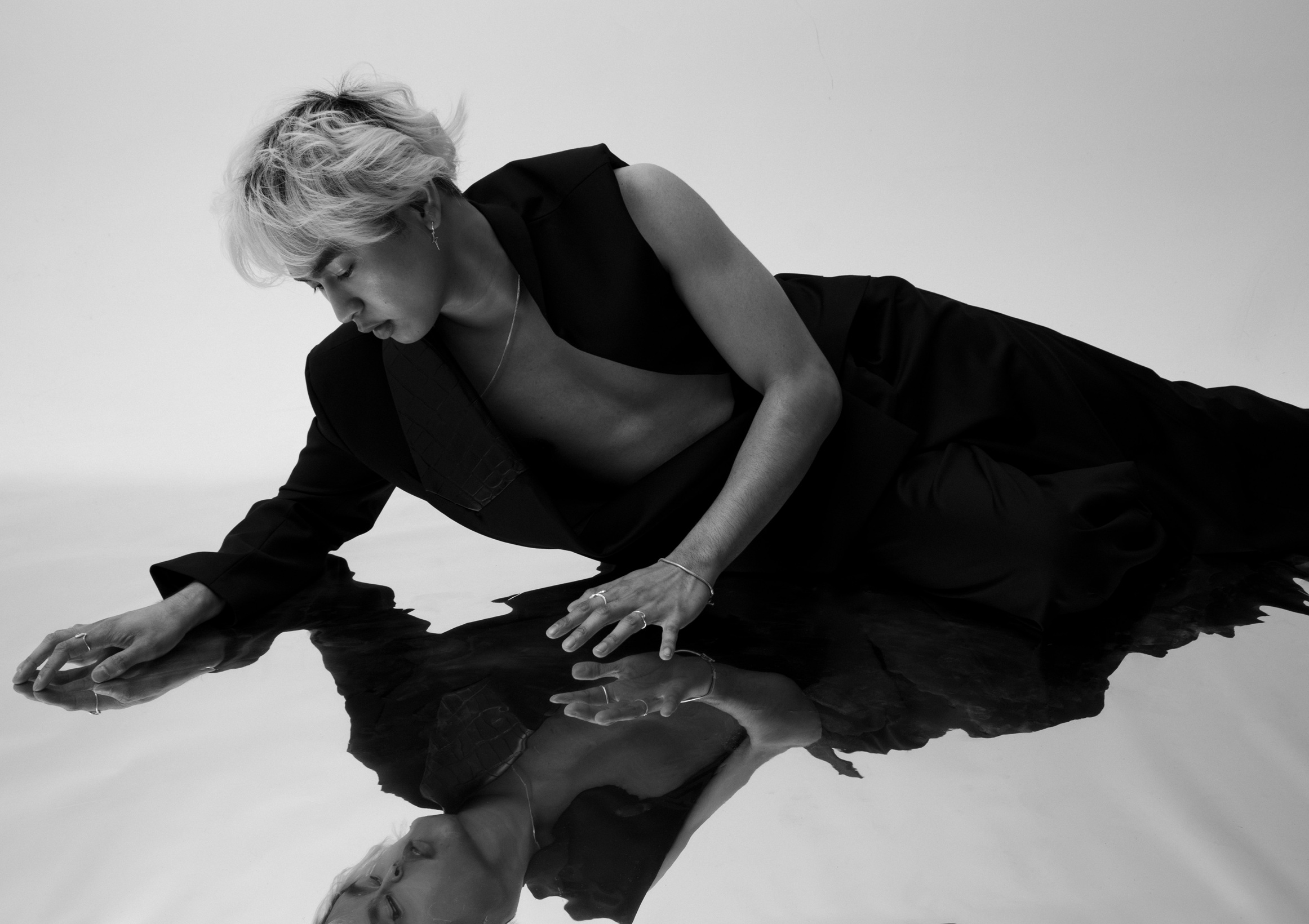
Tailoring demands precision — every line, seam, and proportion must work in harmony. The challenge was translating emotion into structure without losing technical integrity. It tested my patience and focus, but ultimately strengthened my understanding of how craftsmanship can carry meaning.
What features do you like best about your collection?
The embossed leather details are the defining accents of the collection. They add texture and tension; a tactile break from smooth surfaces that hints at the push and pull between vulnerability and strength.

Why study fashion?
I'm from Dunedin, and I've always loved the creative side of fashion, the way clothes can express ideas and emotion. I chose to study fashion because I wanted to make things that feel personal but also thoughtful.
Tell us about your collection.
My collection explores the idea of emotional architecture and how people build internal structures to contain, conceal, or protect emotion. I wanted to translate that psychological space into clothing, using construction and layering to reflect tension and vulnerability. The pieces are minimal yet complex, with raw finishes and tonal depth that speak to both restraint and exposure.

One of the biggest challenges was balancing concept and wearability, making sure the emotional and architectural ideas translated into garments that still felt grounded and functional.
What features do you like best?
What I love most are the subtle structural details — the way seams, folds, and layers come together to create quiet tension.










